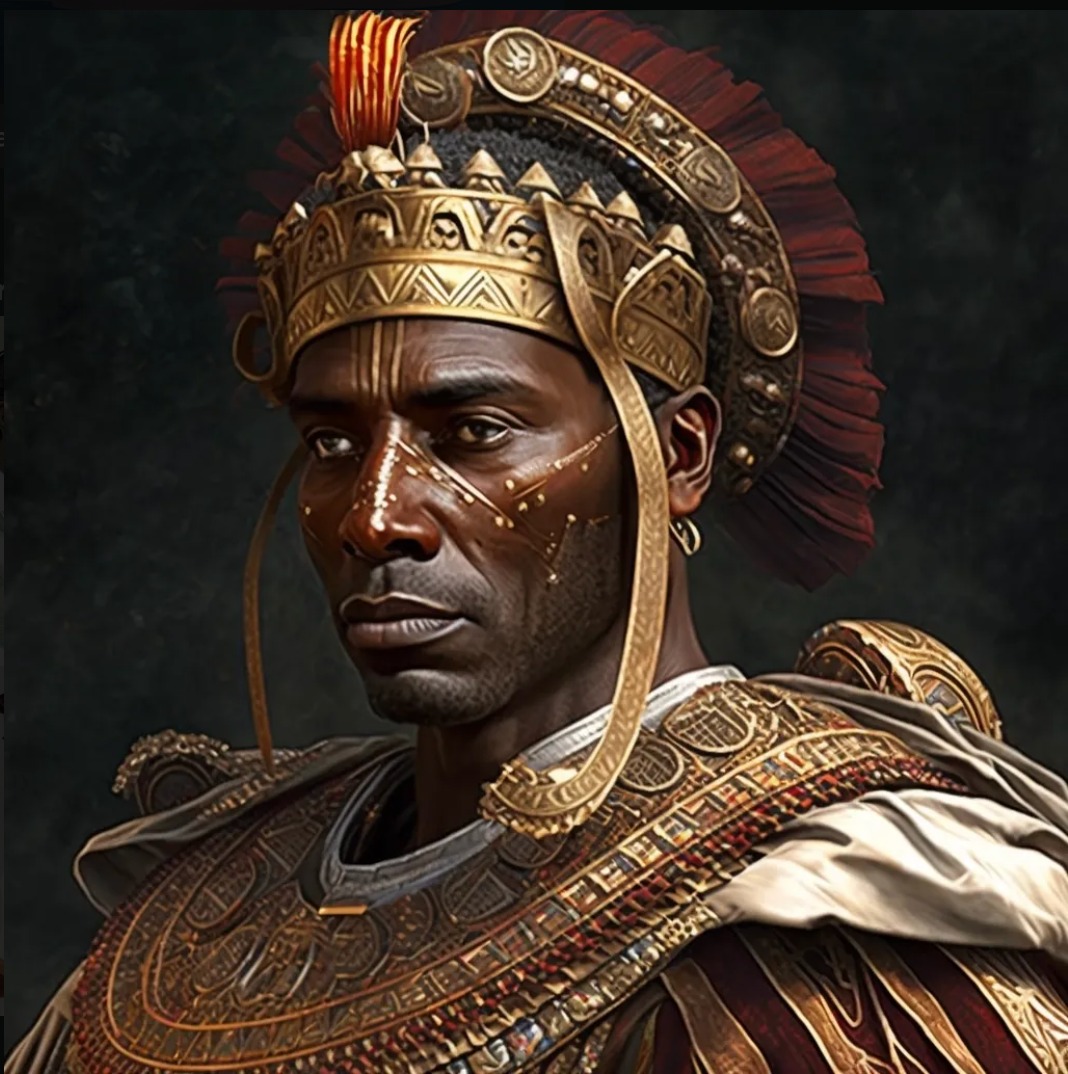HISTORY
From Emperors to Scholars: The Black Legacy of Rome
“This Black History Month, let's dive deep into the often overlooked contributions of Black individuals in ancient history. Our newest article, "Remembering the Black Romans," challenges the whitewashed narratives and highlights the diversity of the Roman Empire.”
Black Wall St. MediaContributor

The Unseen Shades of Rome: Recounting the Erased Legacy of Black Romans in Classical History
Tucked away in history’s many chapters, the visage of Emperor Septimius Severus stands tall. Though his statue does not divulge the specifics of his skin tone, there exists another piece of art that paints a rather different narrative — one that subtly challenges the largely accepted presumption about the whiteness of Romans.
The modern disciplines of classics have been forced into a period of introspection, especially in the wake of global movements like Black Lives Matter. These fields of study, tracing back to the rich history of ancient Mediterranean cultures, come with a deeply embedded colonial legacy.
British, French, and Italian colonialists not only perceived themselves as the successors of the Romans but also believed in the continuity of their ‘civilizing mission’.
Such imperialist attitudes inadvertently associated the Romans with the then-modern biases, painting the Romans as a society dominated solely by white male elites.
This monochromatic lens, sadly, has persisted for far too long, creating a skewed view of ancient Rome that aligns more with colonial biases than historical facts.
The general narrative, irrespective of historical evidence, remains stubbornly fixed on the idea that significant Roman figures were predominantly white.
This creates a glaring gap in historical representation, one which feels eerily similar to the modern ‘whitewashing’ of diverse cultures and the neglect of Black individuals’ contributions throughout history.
Race Through the Prism of Antiquity

From Emperors to Scholars: The Black Legacy of Rome
The construct of racism in contemporary society often hinges upon skin color, leading to categorized identities based on those distinctions. This rigid definition of race, however, is very much a modern anomaly.
While Greeks and Romans were unquestionably conscious of their distinctiveness, they did not attach the profound societal importance to skin color that we do today.
But this lack of racial categorization in ancient sources, instead of dissuading us from projecting modern racial constructs onto the Romans, has ironically fortified the perception of their assumed whiteness.
Yet when we inspect the scarce but available evidence, it suggests that many esteemed Romans might be considered Black in our modern context.
An exemplary case in point is the depiction of Septimius Severus in the Altes Museum in Berlin.
This singular painting, depicting Severus with distinctly dark skin, challenges the dominant narrative. Given that similar portrayals were circulated widely across the empire, it stands to reason that this depiction was universally acknowledged.
The Cultural Melting Pot of Roman North Africa
Roman North Africa, often overlooked in mainstream discussions, was a nexus of cultural intermingling and economic prosperity. Leptis Magna, Severus’s birthplace, offers a riveting tale of evolving colonial dynamics.
Originally colonized by the Phoenicians, it eventually embraced its Roman identity. Over time, the infusion of local communities into the Roman legions and societal structures underscores the inevitable mixing of cultures.

From Emperors to Scholars: The Black Legacy of Rome
Prominent figures from this region further illustrate the point. Terence, an influential Roman playwright from Carthage in Tunisia, is described in historical records as ‘fuscus’ or dark. Figures like Apuleius, Saint Augustine of Hippo, and Cyprian of Carthage defy the assumption of a universally white Roman North Africa.
Furthermore, evidence of the widespread migration across the empire, such as the early Roman Londoners’ mitochondrial DNA, points towards a much more heterogeneous Roman populace than previously assumed.
Redefining the Classical World
The classical era, an intrinsic part of our collective cultural legacy, has been subject to an extensive process of whitewashing. This not only neglects the essential contributions of Black Romans but also perpetuates modern-day marginalization.
Highlighting the prominent roles Black Romans played in the classical world is not just a nod to inclusivity; it’s about rectifying a longstanding historical oversight.
Black Romans, contrary to popular belief, were not anomalies. Their roles weren’t confined to the sidelines; they were pivotal members of society — be it as traders, scholars, soldiers, or emperors.
”As we immerse ourselves in the depths of history, especially during Black History Month, it is crucial that we envision the Roman empire in all its colorful, diverse glory, appreciating its nuances and richness.
Black Wall St. MediaContributor
A Segment taken from Alison Hammond: Back to School
“Alison Hammond goes on the ultimate school history trip with a twist.
In her own unique and inimitable style, Alison will be travelling across the country and back in time on a historical journey to discover some of the black figures whose stories have been hidden in Britain’s history.
This revelatory documentary throws light on these special people and their achievements during different eras commonly taught on the National Curriculum — Romans, Tudors, Victorians and WWI. As she investigates; meeting historians, exploring the archives and visiting places where history has been made, Alison brings a fresh perspective to the traditional British history narrative.”











